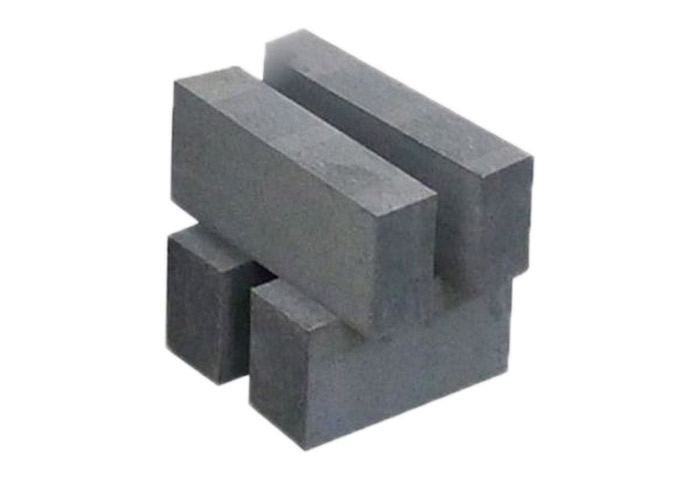Magnesia Ziegel
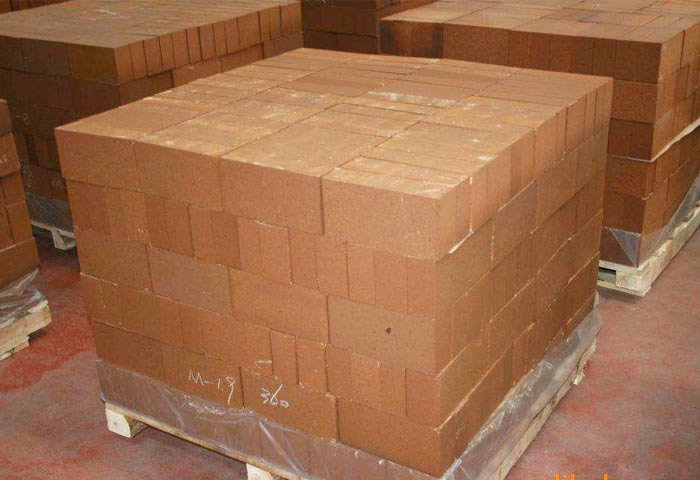
Magnesia Refraktäres Ziegelstein ist ein feuerfestes Material mit Magnesit, Meerwasser -Magnesia -Sand, und Dolomit als Rohstoffe, Magnesit als Hauptkristallphase, und Magnesiumoxidgehalt oben 80%.
Es ist ein alkalisches refraktäres Material. Magnesia Refraktäres Material ist eines der weit verbreiteten Hilfsmaterialien in der metallurgischen Industrie aufgrund seiner hohen refraktären Leistung, Hochtemperaturfestigkeit, und Widerstand gegen alkalische Schlackenauslaugung.
Die Lastentärtungspunkte und der thermische Stoßwiderstand von Magnesia -Ziegeln mit hoher Reinheit sind viel besser als die allgemeinen Magnesia -Ziegel. Hohe Refraktionen, Gute Widerstand gegen alkalische Schlacke, und Eisenschlacke sind wichtige hochwertige feuerfestige Materialien.
Pro Unternehmen, als a professioneller feuerfester Ziegelhersteller in China, kann Ihnen niedrigere Preise als der Markt bieten. Kontaktieren Sie uns jetzt, um die neueste Preisliste von Magnesia -feuerfestigen Ziegeln zu erhalten.
Typen und Eigenschaften von Magnesia -feuerfesten Ziegeln
Magnesia Refraktäre Ziegelprodukte werden hauptsächlich durch die Sintermethode hergestellt, Die Schusstemperatur liegt im Allgemeinen zwischen 1500 ~ 1800 ℃, Zusätzlich, Ein chemisches Bindungsmittel kann auch hinzugefügt werden, um unverbrennende Ziegel und unbestimmte refraktäre Materialien herzustellen. Pro feuerfestem Magnesia -Ziegel hauptsächlich in flachen Öfen verwendet, Elektroöfen, Oxidationswandler, Nichteisen-Metallschmutzöfen, Zementöfen, alkalische refraktäre Kalzieröfen, etc.
Diese Produkte können in zwei Kategorien unterteilt werden: Metallurgische Magnesie- und Magnesia -Produkte. Gemäß der chemischen Zusammensetzung und Verwendung können in metallurgischem Magnesiumsand unterteilt werden, Magnesium-Steine, Magnesium -Siliziumziegel, Magnesium -Aluminiumsteine, Magnesiumcalciumziegel, Magnesiumkohlenstoffsteine, und andere Sorten. Die Leistung wird stark vom CAO/SIO2 -Verhältnis und der Verunreinigungen beeinflusst.
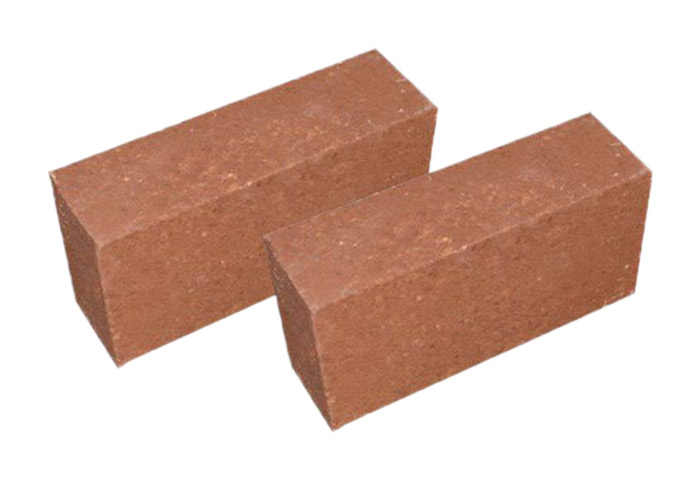
Magnesiumziegel
Der wichtigste Ziegelstein in alkalischen Refraktionen, ist eine hohe Feuchtigkeit, Gute Resistenz gegen Erosion von Eisenoxiden, alkalische Schlacke, und hohe Kalziumschmelze.
Magnesiumziegel hat Magnesiumziegel abgefeuert und nicht mit Magnesiumziegel verbrannt, Brandmagnesiumsteinfeuerer Temperatur ist im Allgemeinen 1550-1600 ℃, Hochreinheit Ziegelfeuerungstemperatur von 1750 ℃, oder sogar höher.
Magnesiumziegel werden häufig in Stahlherstellungspunkten verwendet, Ferroalloy -Öfen, Eisenmischöfen, Nichteisen-metallurgische Industrieöfen, Kalköfen, Tunnelöfen und so weiter in der Eisen- und Stahlindustrie.
Magnesiumkohlenstoffstein
Magnesia -Kohlenstoffziegel besteht aus alkalischem Magnesiumoxid mit hohem Schmelzpunkt (Schmelzpunkt 2800 ℃) und hoher Schmelzpunkt Kohlenstoffmaterial, das durch Schlacke als Rohstoff schwer infiltriert zu werden ist. Fügen Sie eine Vielzahl von Nicht-Oxid-Additiven hinzu, mit Kohlenstoffbindungsmitteln aus den nicht verbrennenden Kohlenstoffverbundfestfestern kombiniert.
Magnesium-Kohlenstoffsteine werden hauptsächlich für die innere Auskleidung des Konverters verwendet, AC -Bogenofen, DC -Bogenofen, Schlacke Linie der Kelle, und andere Teile. Magnesiumkohlenstoffziegel als Verbundfestfestmaterial, Effektive Verwendung von Magnesium -Sandschlackerosionswiderstand, und die hohe thermische Leitfähigkeit von Carbon und eine geringe Ausdehnung des Magnesiumsandverlustungswiderstandes der größten Mängel auskompensieren.
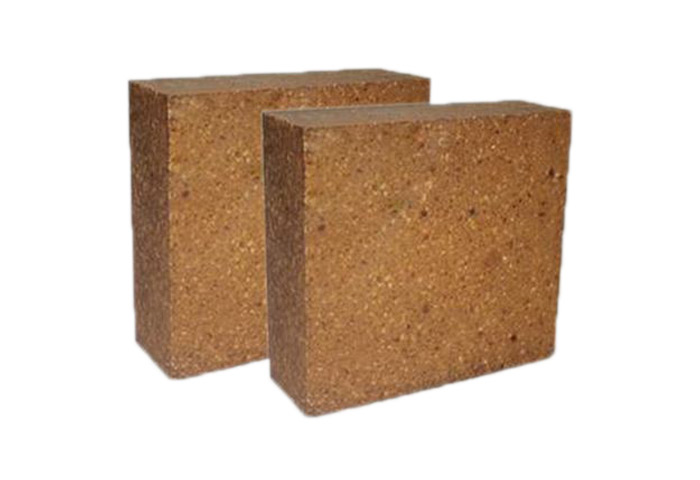
Magnesium-Aluminium-Stein
Im Vergleich zu Magnesiumziegeln, Magnesium-Aluminium-Ziegel haben eine gute Beständigkeit gegen schnelles Einfrieren und schnelles Erhitzen und können der Wasserkühlung standhalten 2025 mal, oder noch öfter, Das ist der herausragende Vorteil von Magnesium-Aluminium-Steinen.
Die Feuerfestigkeit von Magnesium-Aluminium-Steinen beträgt mehr als 2000℃, Die Beständigkeit gegen schnelles Abkühlen und Erhitzen ist besser als bei Magnesiumsteinen, und es kann der Erosion alkalischer Schlacke widerstehen. Es wird zum Bau der Dächer von alkalischen Flachöfen und Elektroöfen für die Stahlherstellung verwendet.
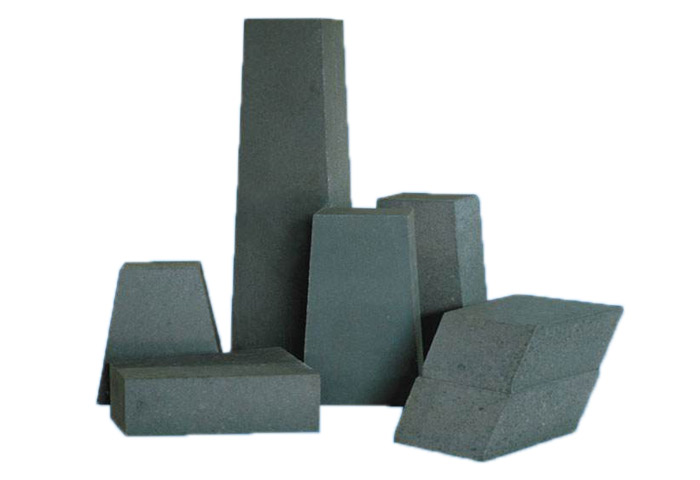
Magnesiumcalciumziegel
Magnesit ist die wichtigste Mineralzusammensetzung, mit Trialcium -Silikat und Dicalcium -Silikat als Kombination.
Zusätzlich zur schlechten thermischen Schockstabilität, Andere Leistungsindikatoren als Magnesiumstein sind überlegen.
Magnesium-Kalcium-Ziegel werden hauptsächlich als Auskleidung des AOD-Ofens zum Schmelzen aus Edelstahl und der Verkleidung der VOD-Kelle verwendet. Ersetzen des ursprünglichen Magnesium-Chrom-Ziegels, Es ist das wichtigste Magnesium-Kalcium-Refraktärmaterial.
Magnesium -Siliziumziegel
Quadratmagnektizessit ist die Hauptmineralzusammensetzung, mit Magnesia Olivin als Matrixbindung.
Seine Leistung und Magnesiumstein sind ungefähr gleich.
Aber die Lastweichungstemperatur ist höher als Magnesiumziegel, und Schlackenfestigkeit ist auch besser.
Magnesium-Silica-Ziegel werden hauptsächlich im Stahlrollofen verwendet, Heizofenboden, aber auch als Glasöfenherze -Hitze -Lagerraum Gitterstein verwendet, etc.
Technischer Index
| Produktleistung | Alumina Magnesia Carbon Brick | Magnesia Aluminiumkohlenstoffziegel | Magnesia Carbon Brick | ||||
| chemische Zusammensetzung (%)≥ | AL2O3 | 65 | 70 | 10 | 15 | ||
| Mg0 | 15 | 10 | 75 | 70 | 78 | 74 | |
| C | 7 | 7 | 10 | 8 | 10 | 14 | |
| Scheinbare Porosität (%) ≤ | 5 | 5 | 3 | 3 | 3 | 3 | |
| Schüttdichte (g/cm³)≥ | 3 | 3 | 3 | 3 | 3 | 2.9 | |
| Druckfestigkeit bei normaler Temperatur (MPa)≥ | 40 | 40 | 40 | 40 | 40 | 40 | |
| Hochtemperaturflexstärke(MPa)≥(1400℃ x 0,5H) | 6 | 6 | 7 | 7 | 6 | 8 | |
| Anwendung | geschmolzener Pool, Boden der Kelle | geschmolzener Pool | Schlackenlinie | ||||
Der Unterschied zwischen Aluminiumoxidstack und Magnesiumstein
Hochalumina -Ziegelstein ist eine Reihe von Aluminium- und Siliziumprodukten, und Magnesiumstein ist eine Reihe von Magnesiumprodukten.
Hoch -Aluminiumoxid -Ziegel kann schwache Alkali und schwache Säurestatmosphäre widerstehen und ist ein neutrales Produkt. Magnesiumziegel widersetzt sich starke Alkali -Erosion, Kann nicht in einer sauren Atmosphäre verwendet werden und gehört zur alkalischen Serie -Produkte.
Ziegel und Magnesiumsteine mit hoher Aluminiumoxid sind zwei verschiedene Materialien und die Art der feuerfesten Produkte, Die Magnesiumziegeldichte ist oben 3.0, Schmelzpunkt bei 2850 ℃, Hoch -Aluminiumoxid -Ziegeldichte ist oben oben 2.3, Schmelzpunkt bei 1500 ℃.
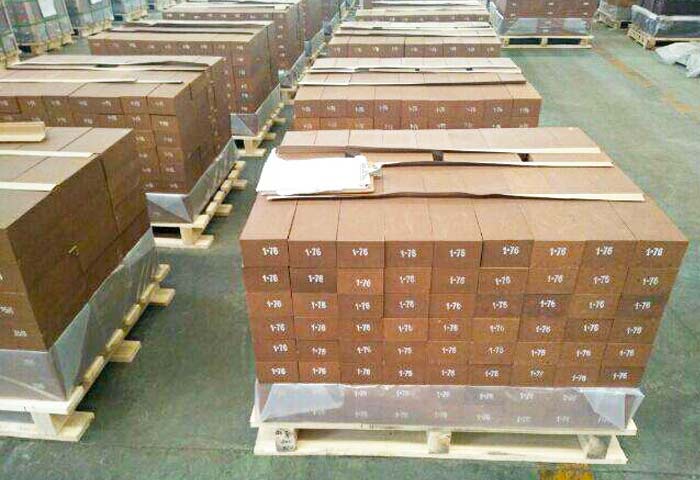
Magnesiumziegel
1. Die Refraktionen von Magnesiumstein beträgt mehr als 2000 ℃, und die Last weich ist bei 1800 ℃.
2. Magnesiumstein hat jedoch eine hohe thermische Leitfähigkeit, schlechter thermischer Schockwiderstand, und ein hohes Maß an Wärmefestigkeit.
3. Magnesium brick's resistance to acidic slag is poor, und kann nicht direkt saure Produkte kontaktieren.
4. Wenn sich die Säure in der Ofensteine befindet, Verwenden Sie mit hohem Aluminiumoxidstack von ihm, um sie zu verwenden.
5. And the magnesium brick's resistance to hydration is poor, leicht das Wasser langweißes Haar zu treffen, erzeugt aber auch Risse, Stärke reduziert.
6. Magnesiumstein im Lager und Transport während aller, Regen, und Schnee.
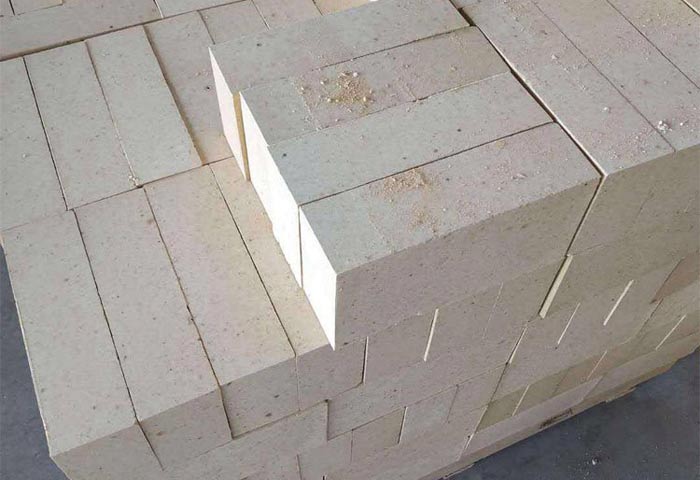
Ziegel mit hohem Tonerdegehalt
1. Die Refraktionen von Hochalumina -Ziegeln liegen über 1700 ℃.
2. Lastweichungstemperatur bei 1520 ℃, Der höchste überschreitet nicht 1600 ℃.
3. Die Lastentärtungstemperatur von hohen Aluminiumoxidsteinen unterscheidet sich auch nach verschiedenen Rohstoffen sehr sehr unterschiedlich.
4. Die Temperatur der dritten Aluminiumoxid-Ziegelbelastung der dritten Klasse liegt ebenfalls bei 1410 ℃ oder so.
5. Obwohl Hochalumina -Ziegelstein neutraler Ziegel ist, Die thermische Schockstabilität ist gut, Keine Angst vor der Flüssigkeitszufuhr, und kann in schwachen Alkali verwendet werden, Schwache saure Atmosphäre.
Zusammenfassen
Also in verschiedenen Ofenstichen verschiedener Temperaturen, Die Wahl des Magnesiumsteinziegels oder des Hochhauses entspricht dem ausgewählten Grad der Erosion und der Atmosphäre. Die alkalische Atmosphäre muss Magnesiumstein wählen. Unter Verwendung einer Temperatur unten 1400 ℃, Schwache Alkali oder schwache Säure -Atmosphäre können mit hohem Aluminiumoxidziegel wählen.
Der Unterschied zwischen Aluminiumoxidziegel und Magnesiumstein besteht darin, dass das Material unterschiedlich ist, Die Verwendungstemperatur ist unterschiedlich, Die Erosionsbeständige Atmosphäre ist anders, und der thermische Schockeffekt ist anders. Ein weiterer Unterschied ist der Marktpreis, Hoch -Aluminiumoxid -Ziegelpreis ist niedrig, und Magnesiumziegelpreis ist hoch. Natürlich, Als professioneller feuerfestem Materiallieferant mit vielen Jahren Herstellung und Exportlebnis, Wir können Ihnen einen niedrigeren Preis als den Marktpreis bieten.
Über PER Refractories Company
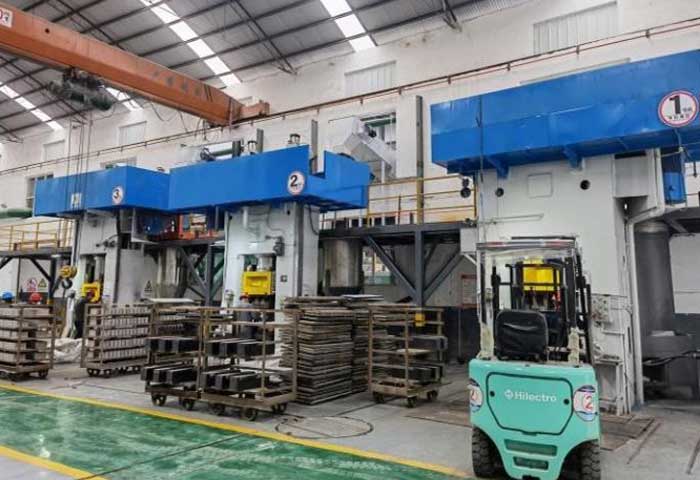
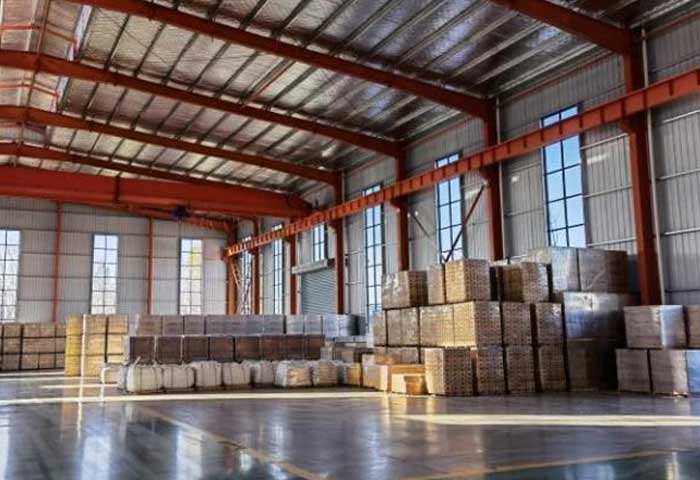
PER Feuerfest Unternehmen befindet sich in der Stadt Xinmi, Provinz Henan, die Heimatstadt der feuerfesten Materialien in China. Unser Unternehmen ist ein technologiebasiertes Feuerfestunternehmen, das R&D, Produktion, Verkauf, und technischer Service. Die reichen Ressourcen und die hervorragende Qualität des Gebiets bieten unvergleichliche hervorragende Bedingungen für die Herstellung von feuerfesten Materialien. Unsere Hauptprodukte sind feuerfeste Tonziegel, feuerfeste Steine mit hohem Tonerdegehalt, feuerfeste Kieselsäuresteine, feuerfeste Magnesiumsteine, Mullit-Steine, Dämmsteine, und andere hochtemperaturbeständige Produkte.
Firma PER Feuerfest ist die Produktionsbasis von Grün, Energie sparen, und umweltfreundliche neue feuerfeste Materialien. Unser Unternehmen hat ISO9001 bestanden:2008 internationale Zertifizierung von Qualitätssicherungssystemen und GB/T24001-2004 / ISO14001:2004 Zertifizierung von Umweltmanagementsystemen, Zertifizierung der Unternehmensqualitätsinspektionsstelle. Unsere Produkte werden gut in mehr als verkauft 20 Ländern auf der ganzen Welt. Sie sind die bevorzugten Feuerfeste Produkte für Metallurgie, Nichteisen, petrochemisch, Glas, Keramik, und andere Feuerfestindustrien.

